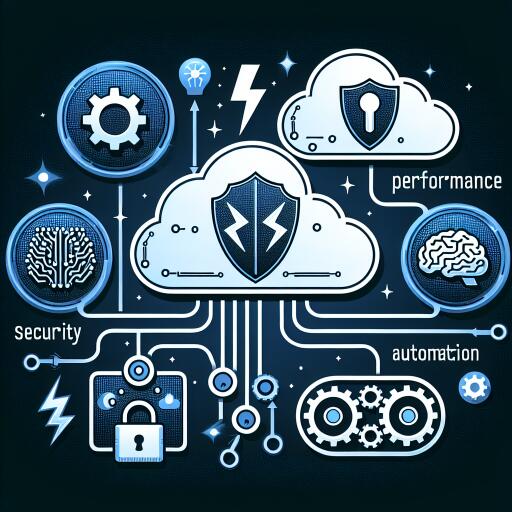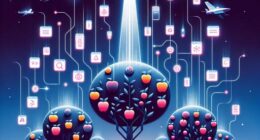The evolving technological landscape demands that enterprises shift towards cloud-native architectures and hybrid IT environments. In doing so, ensuring network performance, security, and scalability becomes paramount. The necessity for real-time monitoring, predictive analytics, and automated troubleshooting has given rise to AI-powered networks, revolutionizing how businesses manage and optimize their IT infrastructure.
Traditional network monitoring tools often falter when faced with high-throughput data streams, resulting in delays, inefficiencies, and security vulnerabilities. AI-driven methodologies present a proactive and intelligent approach, ensuring seamless connectivity, enhanced operational efficiency, and dynamic adaptation to network demands.
Abhishek Gupta, a recognized technical leader at Cisco with over eight years of experience in AI-driven cloud networking, possesses a deep understanding of this transformation. His expertise has been instrumental in augmenting enterprise IT infrastructure. Gupta’s work on Cisco’s DNA Center (DNAC) Assurance is revolutionizing the way businesses employ real-time analytics and intelligent automation to ensure network reliability. His leadership in designing AI-powered fault detection and stream processing solutions has allowed enterprises to advance from reactive troubleshooting to predictive network management, thus reducing downtime and optimizing performance.
“The challenge today is not just about monitoring networks — it’s about making them self-sufficient,” Gupta states. “AI allows IT teams to detect patterns, predict failures, and automate resolutions before they impact business operations.”
Legacy network management often depends on manual intervention and static thresholds to detect performance bottlenecks. However, as businesses scale across various cloud environments and microservices, real-time visibility into network telemetry and automated troubleshooting has become increasingly crucial.
AI-driven platforms employ machine learning algorithms to ingest and analyze extensive and complex network data in real time. This empowers IT teams with actionable insights, enabling them to detect anomalies, optimize routing paths, and mitigate security threats proactively. Gupta’s expertise in stream processing and AI-driven automation has been crucial in helping organizations achieve zero-downtime operations, bolster cybersecurity, and optimize resource allocation.
Beyond network monitoring, AI is redefining how software engineering and DevOps teams tackle system maintenance. By incorporating AI-powered debugging tools, anomaly detection, and self-healing mechanisms into enterprise IT environments, businesses can automate issue resolution, decrease developer workload, and expedite software deployment cycles.
“AI is fundamentally changing how IT teams build and manage applications,” Gupta observes. “From cloud scalability to performance tuning, AI-powered solutions are ensuring businesses can innovate unfettered by infrastructure limitations.”
The implementation of AI-driven cloud networking has already begun to yield significant benefits for enterprises worldwide. Real-time telemetry and predictive analytics are aiding organizations in their operations. Gupta’s influential contributions to cloud networking and AI-driven methodologies have been widely lauded. As a Senior IEEE Member, a Fellow at Hackathon Raptors, and a recipient of the Globee Leadership Award, his work has been featured in prestigious publications like Harvard Business Review Turkey and SAS Society Journal.
Looking forward, the role of AI in ensuring businesses can anticipate and resolve network issues dynamically is expected to grow. As cloud environments become increasingly complex, real-time AI monitoring and self-optimizing networks will delineate what many technologists are identifying as the next era of enterprise infrastructure.
With self-learning systems and intelligent automation, networks will not just detect anomalies but adapt proactively to evolving workloads and security threats. Gupta envisions a future where AI-driven cloud methodologies integrate seamlessly with DevOps, cybersecurity, and enterprise applications, offering businesses fully autonomous, high-performance networks.
“The future of networking lies in automation using AI models,” Gupta elaborates. His research on AI-driven DevOps and network automation, published on SARC, discusses the evolution of AI in cloud engineering and real-time network optimization. “Businesses that invest in these innovations today will be the ones leading the digital transformation of tomorrow,” he asserts.
With AI-powered automation redefining IT performance, companies that embrace intelligent networks now will be well-positioned to scale, innovate, and compete in the ever-evolving digital landscape.










